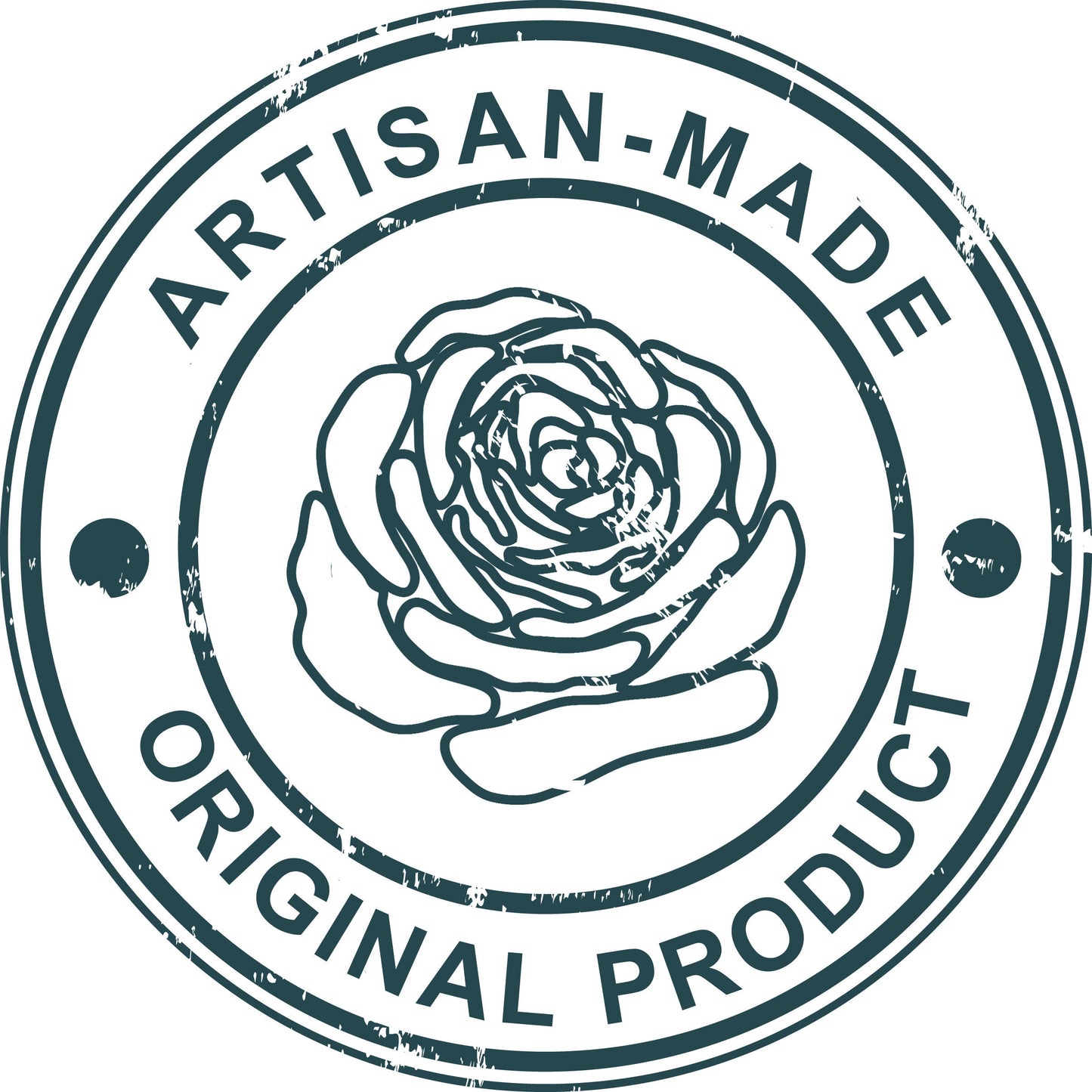Bokhara Shah Saloor Rug 14'3" x 10'6"
Overview
Materials & Craftsmanship:
This diligently hand-knotted area rug is made of 100% pure lamb’s wool. Wool is a natural material, representing a healthy choice that is environmentally friendly with a long list of benefits. The pile of this wool rug is hygienic and non-allergenic, as the natural pile also deters the growth of bacteria and dust mites. It represents a great choice for asthma sufferers due to its natural filtering ability. The rug feels soft under the foot while remaining wear-resistant and long-lasting. With proper maintenance tailored to its needs, this rug can last over 75 years.
Finishing:
The finishing of this carpet was done using centuries old traditional techniques. Once its laborious hand-knotting was completed, it was rolled and entirely submerged in a sanitizing bath where its fibers fully absorbed all cleaning liquid. After which it was laid flat on the ground where a team of cleaners used wooden oar-like paddles to push the water through its fibers and draw out impurities. Oar strokes were done in sync to prevent the carpet from getting torn. Each stroke tightened the knots even further. No machines were involved in its washing or drying.
A Brief History of Shalimar Carpets
 Shalimar rugs are a new breed of Pakistani rugs, made in contemporary designs and using a blend of Persian and Mughal influences. These extremely fine quality rugs have very high knot counts and very intricate curvilinear patterns. The designs are simple yet very effective and elegant. Shalimar traditional rug weaving originated in Agra, home of the magnificent Taj Mahal. It is here that the Mogul ruler Akbar The Great brought with him a wealth of art, including the art of traditional rug weaving in the 16th century. In order to establish a traditional rug weaving industry in India, he brought Persian weavers with him in 1580 A.D., and thus was born a new and vibrant industry.
Shalimar rugs are a new breed of Pakistani rugs, made in contemporary designs and using a blend of Persian and Mughal influences. These extremely fine quality rugs have very high knot counts and very intricate curvilinear patterns. The designs are simple yet very effective and elegant. Shalimar traditional rug weaving originated in Agra, home of the magnificent Taj Mahal. It is here that the Mogul ruler Akbar The Great brought with him a wealth of art, including the art of traditional rug weaving in the 16th century. In order to establish a traditional rug weaving industry in India, he brought Persian weavers with him in 1580 A.D., and thus was born a new and vibrant industry.
Traditional rug weaving during Akbar's reign used cotton foundations and wool pile with a color palette of primarily blues and greens on a red base. The designs were interpretations of Persian patterns, but over time Shalimar traditional rug weaving took on a style of its own. Shalimar traditional rug weavers more often work from memory than from a pattern. This spontaneity in creation makes each piece totally original. The wool used in a Shalimar traditional rug is hand spun and woven from a blend of choice international wools using the senneh double knot at a density of approximately 80 KPSI (knots per square inch) or using the turkish ghiordes knot. Each Shalimar traditional rug is washed and thoroughly sun dried. Typically the designs on a Shalimar traditional rug are Persian and Mughal influenced and quite varied, featuring vines and floral patterns, animal and bird figures, and geometric and calligraphic patterns. All-over layouts with bold floral borders are particularly striking.
A Shalimar traditional rug typically uses modern color palettes that blend beautifully in highly stylized homes. Natural vegetable dyes are used to create warm earth tones, terra cotta, indigo, and black. The foundation on a Shalimar traditional rug is made of a fine count cotton yarn for stability and durability, while the pile is fine quality wool. Although available in a wide range of sizes, the majority of these rugs are mid-size to larger. The sophisticated elegance of a Shalimar traditional rug is equally at home with modern furniture as it is with antiques and will create harmony in any environment. To learn more about pakistani carpets, feel free to visit our pakistani rugs page.
Sources and inspiration: Bérinstain, Valérie, et al. L'art du tapis dans le monde (The art of carpets in the world). Paris: Mengès, 1996. Print.; Jerrehian Jr., Aram K.A. Oriental Rug Primer. Philadelphia: Running Press, 1980. Print.; Herbert, Janice Summers. Oriental Rugs, New York: Macmillan, 1982. Print.; Hackmack, Adolf. Chinese Carpets and Rugs, Rutland and Tokyo: Tuttle, 1980. Print. ; De Moubray, Amicia, and David Black. Carpets for the home, London: Laurence King Publishing, 1999. Print.; Jacobsen, Charles. Oriental Rugs A Complete Guide, Rutland and Tokyo: Tuttle, 1962. Print.; Bashir, S. (n.d.). Personal interview.; Web site sources and dates of consultation vary (to be confirmed). Without prejudice to official usage.
- Choosing a selection results in a full page refresh.
- Opens in a new window.



 Runner Rugs
Runner Rugs 2x3 Area Rugs
2x3 Area Rugs 3x5 Area Rugs
3x5 Area Rugs 4x6 Area Rugs
4x6 Area Rugs 5x7 Area Rugs
5x7 Area Rugs 6x9 Area Rugs
6x9 Area Rugs 8x10 Area Rugs
8x10 Area Rugs 9x12 Area Rugs
9x12 Area Rugs 10x14 Area Rugs
10x14 Area Rugs Round Rugs
Round Rugs Bath Mats
Bath Mats Doormats
Doormats 12x15 Area Rugs
12x15 Area Rugs




















